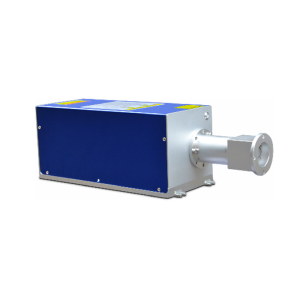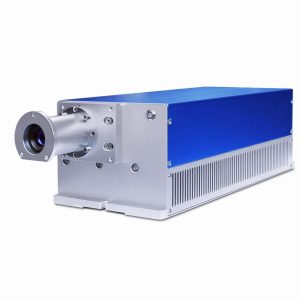Laser Sources
- What is a Laser Source?
The particular kind of laser source employed in a given application is referred to as lasing sourcing. Coherent light is produced by a laser source (Light Amplification by Stimulated Emission of Radiation) using a procedure known as stimulated emission. There are different kinds of laser sources, and each one differs in terms of the material used for amplification, the way it is cooled, and the wavelength it emits. Among the notable ones are:
- The infrared picosecond laser source emits laser beams with pulse durations in the range of 10 to 12 picoseconds.
- Green laser source that uses water as a cooling medium and produces a laser beam in the color green.
- UV lasers are produced by an air-cooled source that relies on the air for cooling.
- A UV laser source with a 10W power output that uses water cooling is known as a water-cooled UV laser source.
- Without a stated power output, the water-cooled UV laser source generates UV laser beams while using water for cooling.
- Green laser source that uses air as its cooling medium and produces a laser beam in the color green.
- How it works?
While each laser source can operate differently, the fundamental idea of producing coherent light through stimulated emission is constant:
This laser produces quick pulses in the infrared wavelength region by utilizing specialized lasing materials and pulse modulation methods. The brief pulse duration reduces heat impacts on materials.
The difference between water-cooled and air-cooled lasers is in the way that they cool. The stability and lifespan of lasers are ensured by efficient cooling. While air-cooled systems employ passive cooling or fans to dissipate heat, water-cooled systems move water around the laser source.
Green and UV laser sources are identified by the wavelength of the light they emit. The color (wavelength) of the produced light is dependent on the lasing material and the method used to excite it.
- Use: For what purposes is it used?
Due to its accuracy and minimal heat effects, infrared picosecond laser sources are perfect for manufacturing medical devices, microelectronics, and delicate engraving.
Commonly employed in applications requiring continuous operation, such as precise cutting, engraving, and some medical applications, is the water-cooled green laser source.
Air Cooled UV Laser Source: Perfect for uses that call for brief, intense laser bursts, like branding white plastic or clear glasses.
10W Water Cooled UV Laser Source: Suitable for applications needing more excellent power UV lasers, such as rapid branding, engraving, or particular medical procedures.
Water Cooled UV Laser Source: Has a place in precise work, especially where continuous operation is required, like in some medical applications or high-resolution engraving.
Air Cooled Green Laser Source: Used for fluorescence excitation, laser projection, and a few medical procedures.
Conclusion:
The world of lasers is broad and varied, and each laser source is designed for a particular application. Understanding the variations among these sources, from cooling techniques to wavelengths radiated, enables their best application in a variety of industries, ensuring effectiveness, accuracy, and innovation.
Showing all 8 results
-

TOOL Series Air Cooled 3W 5W UV Laser Source
Model. TOOL-LA-03NUV -

TOOL Series Water Cooled 10W 20W 30W UV Laser Source
Model. TOOL-MW-10NUV -

TOOL Series Water Cooled 3W 5W UV Laser Source
Model. TOOL-LW-03NUV -

TR Series Air Cooled 3W 5W UV Laser Source
Model. TR-A-UV03 -

TR Series Water Cooled 3W 5W UV Laser Source
Model. TR-W-UV05 -

Air Cooled Green Laser Source
Model. TR-W-GR -

Water Cooled Green Laser Source
Model. TR-A-GR -

TOOL Series Infrared Picosecond 10W 30W 40W Laser Source
Model. GL-IR-W10

 HOME
HOME
 GET A QUOTE
GET A QUOTE  QUOTE BASKET
QUOTE BASKET 

